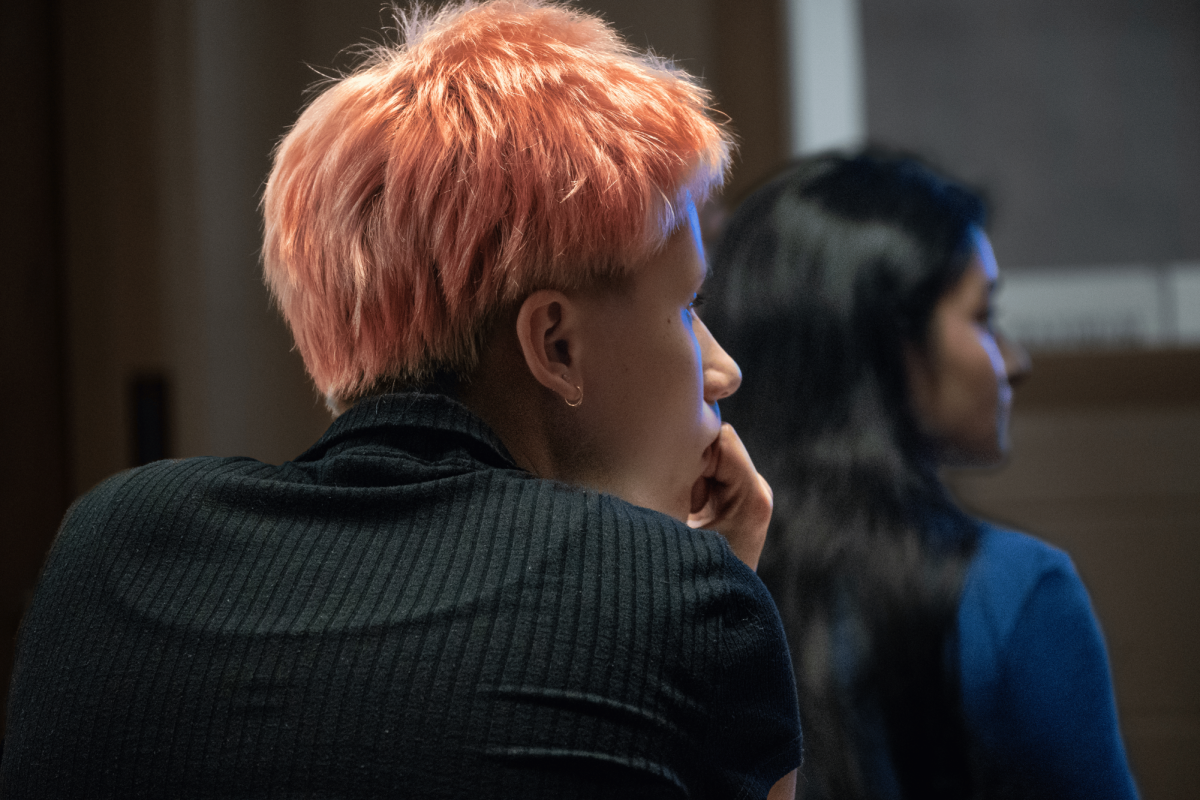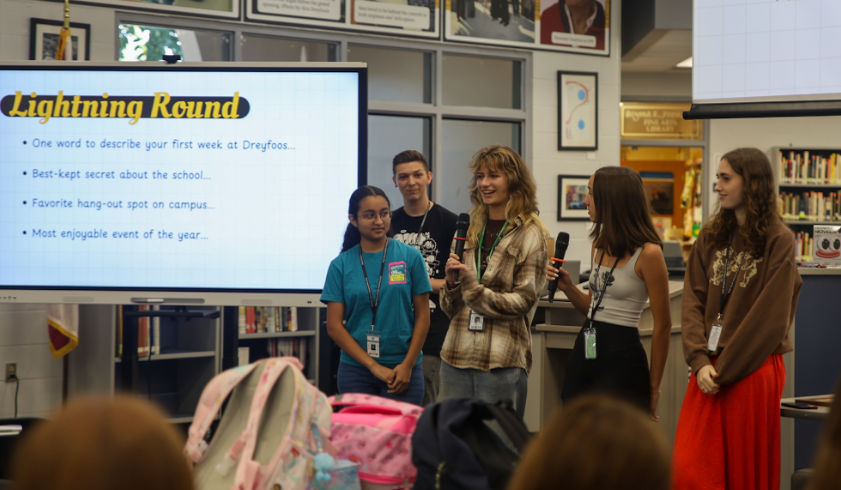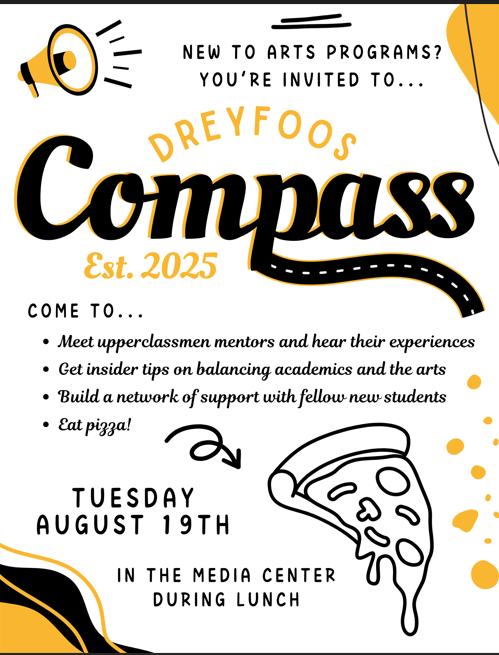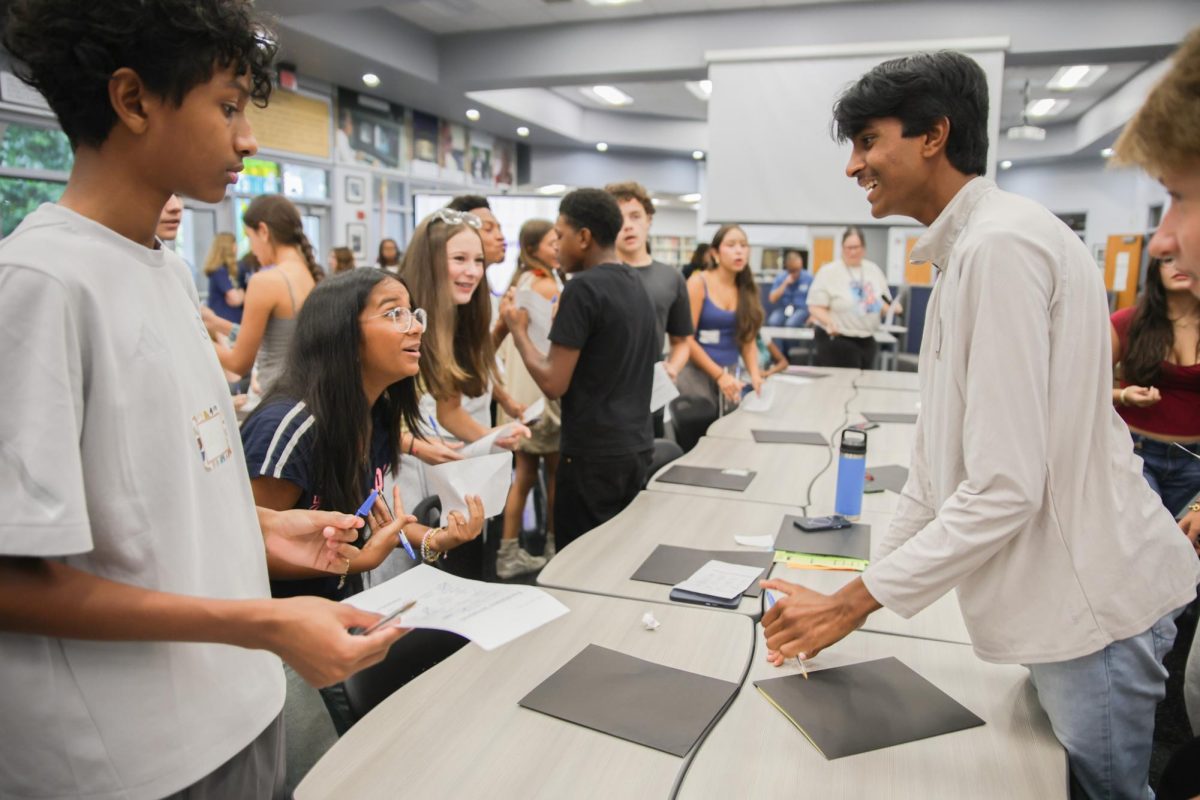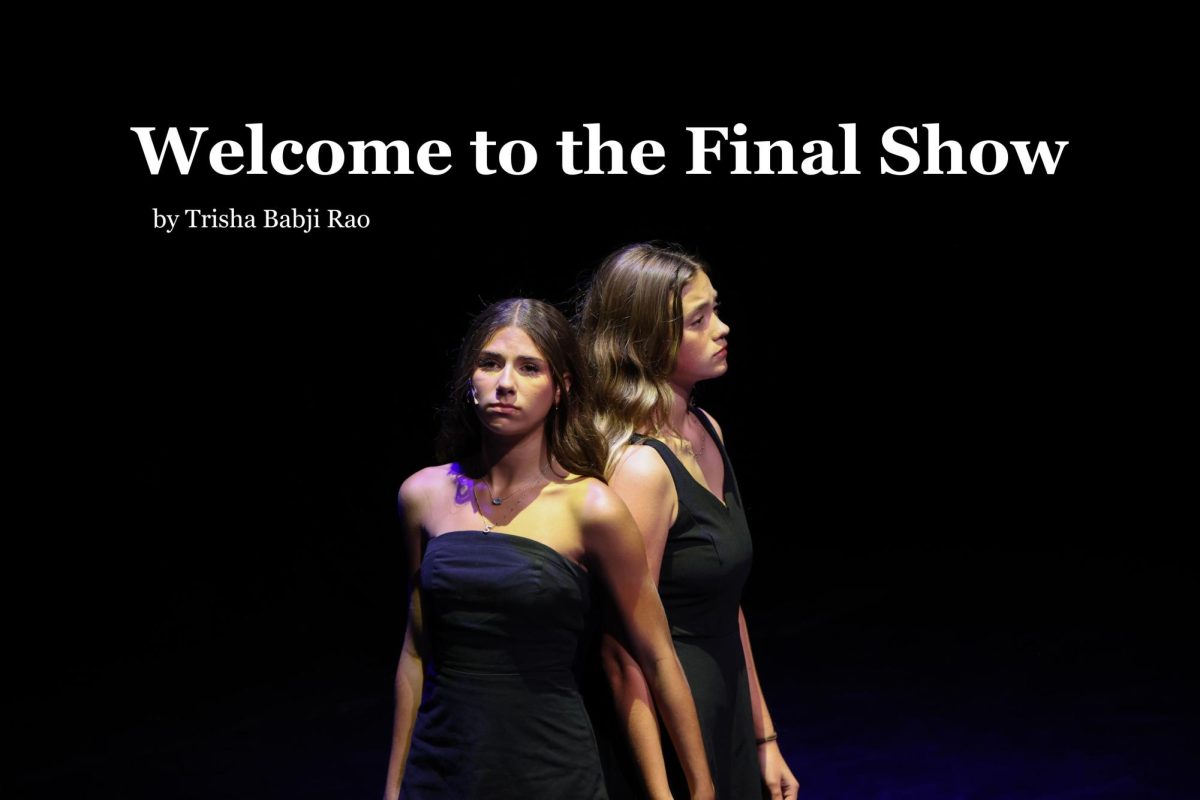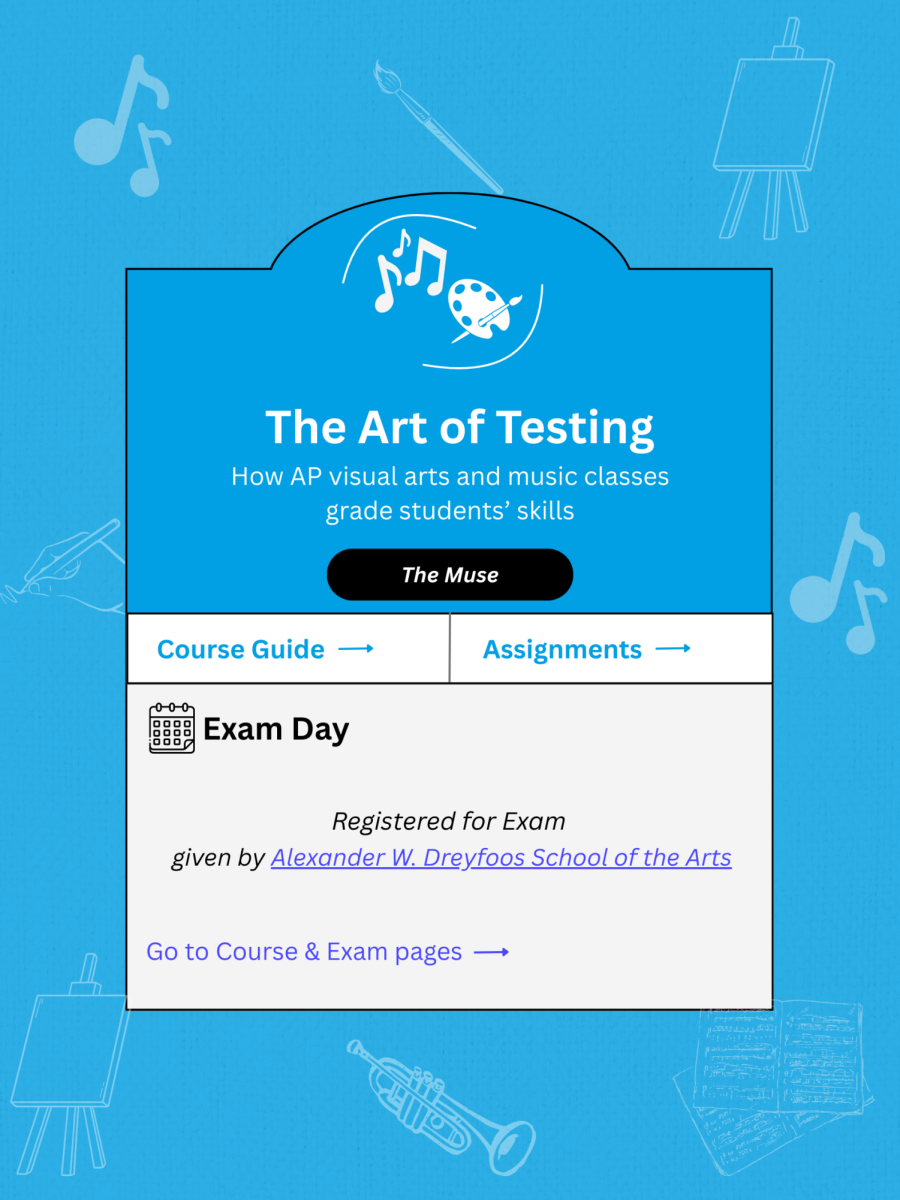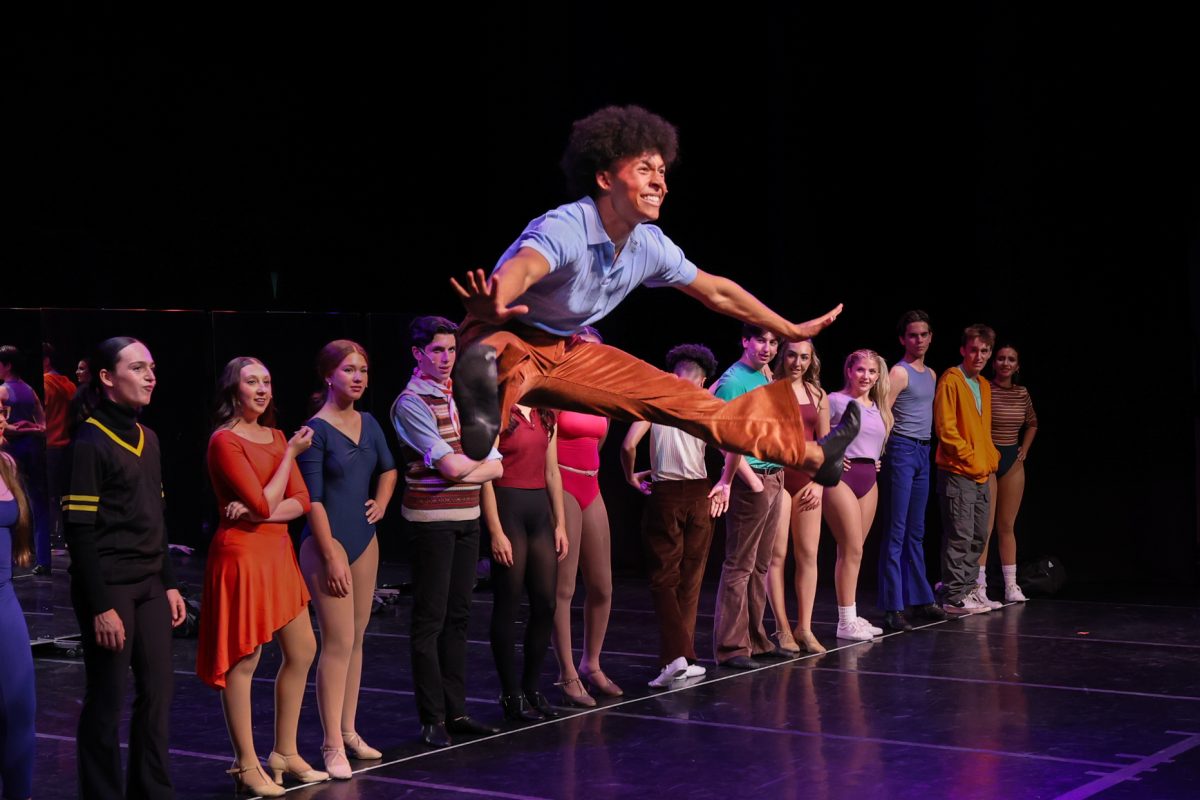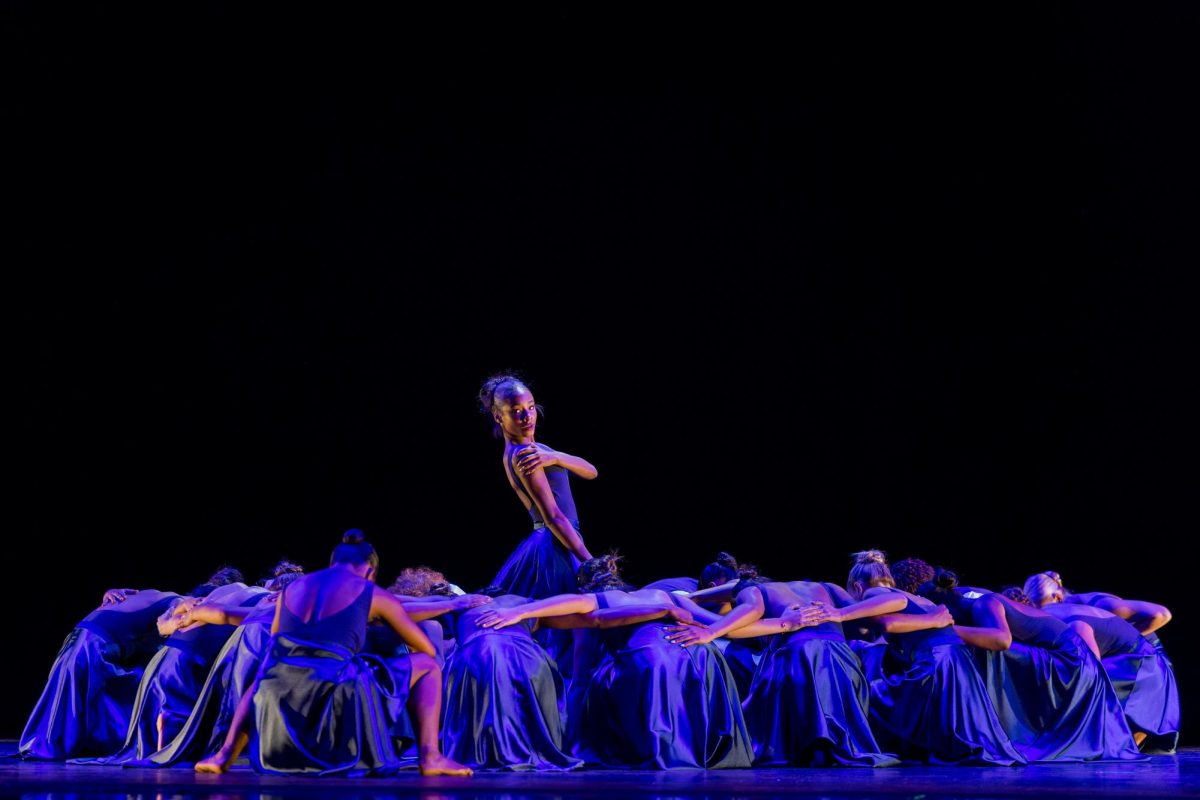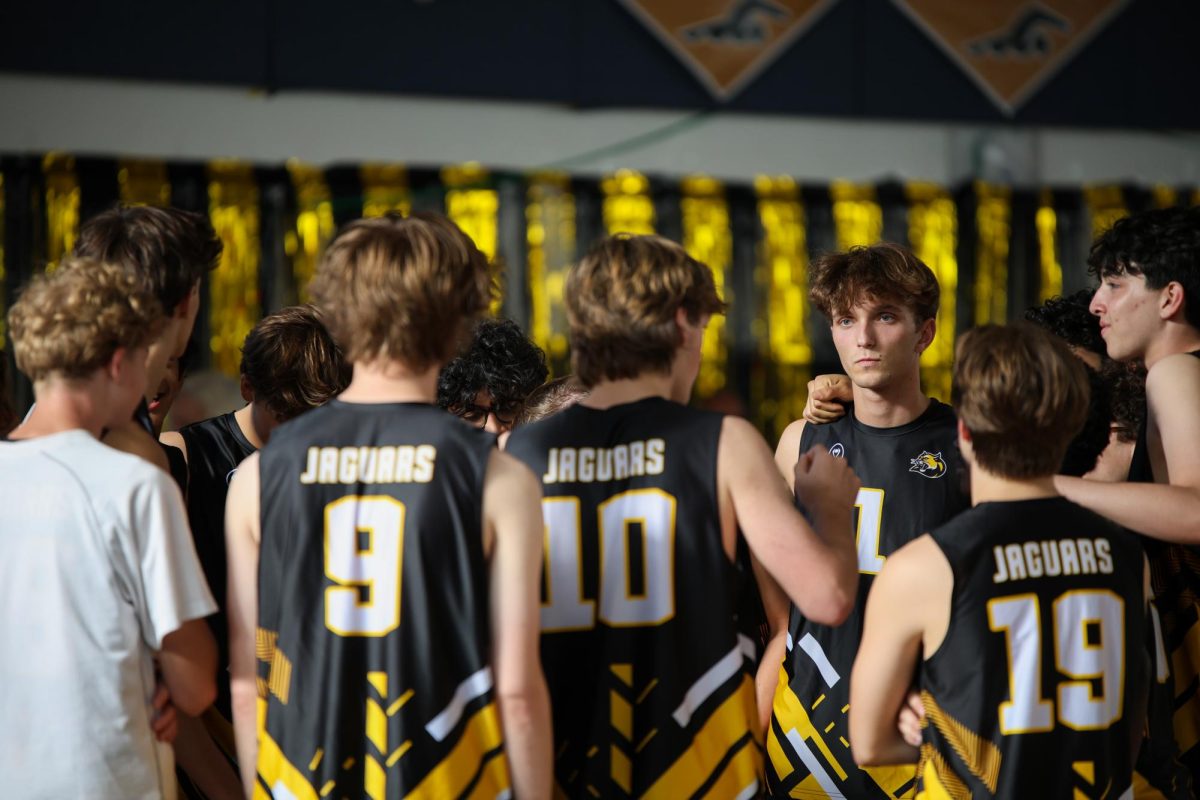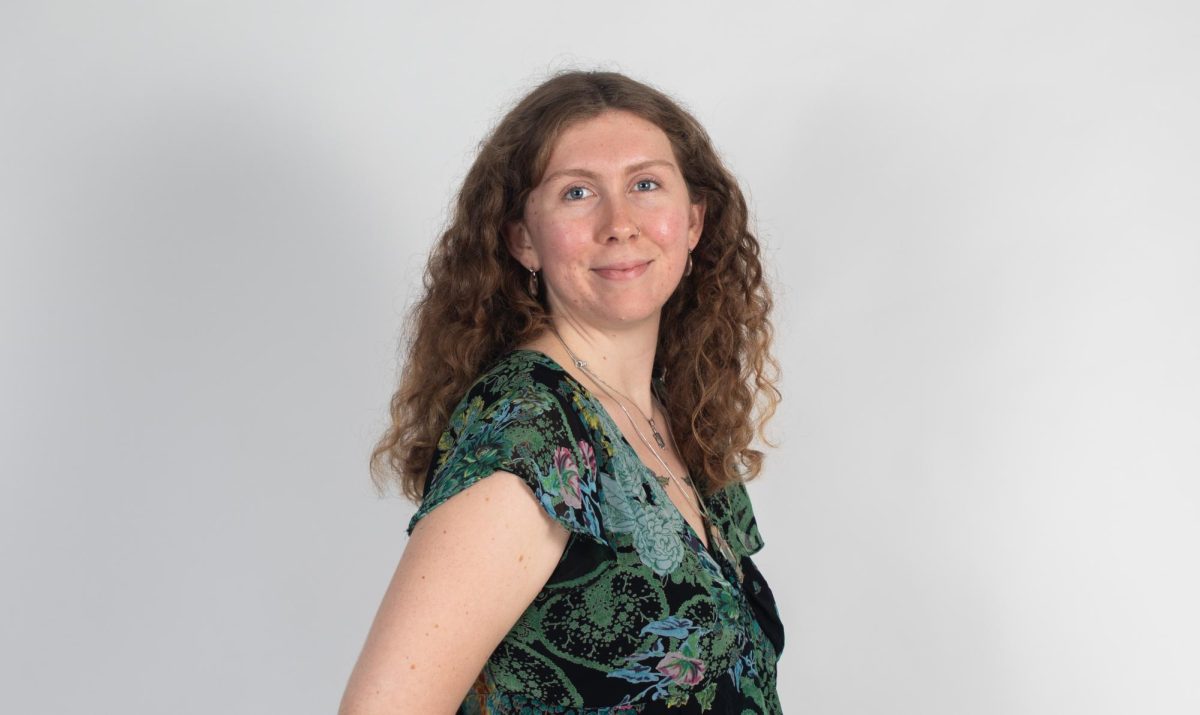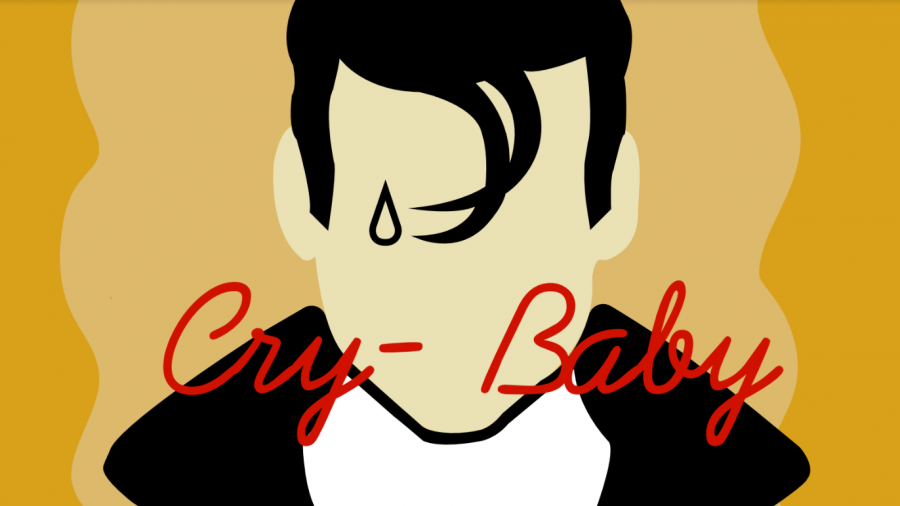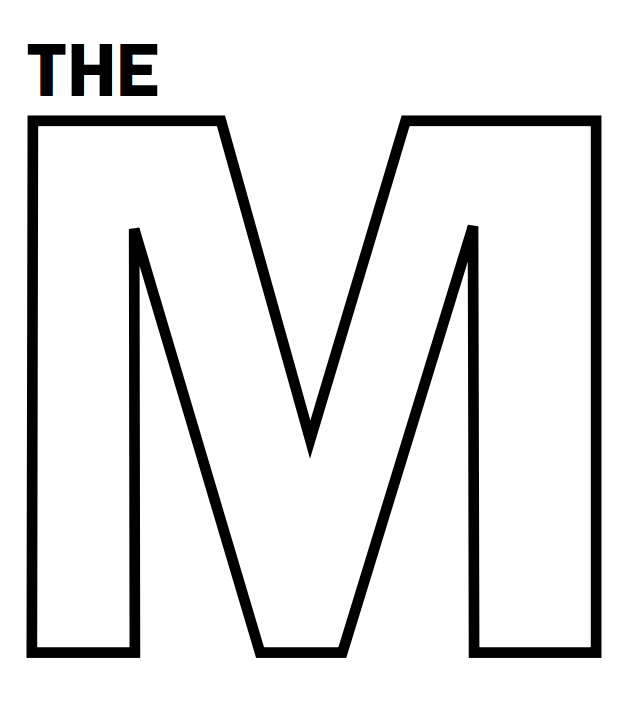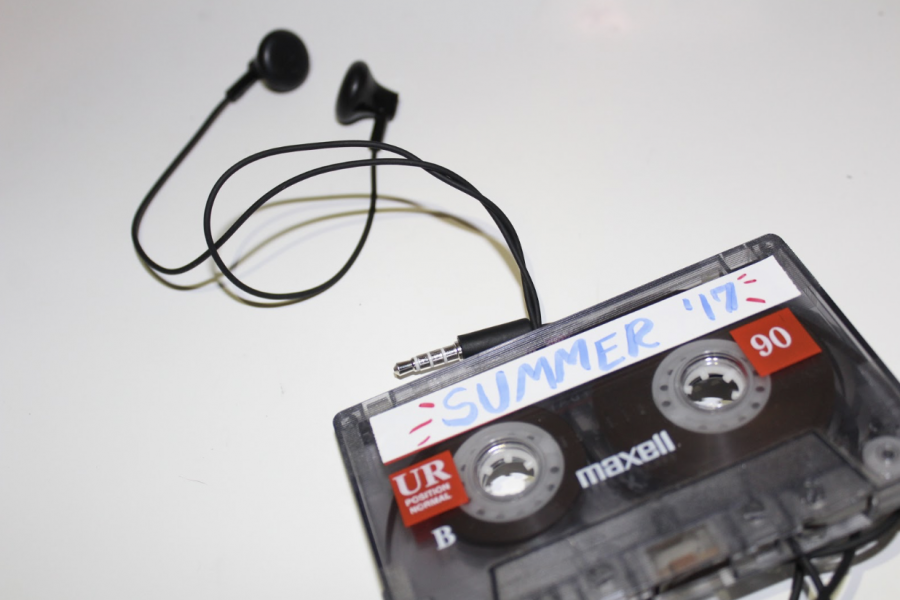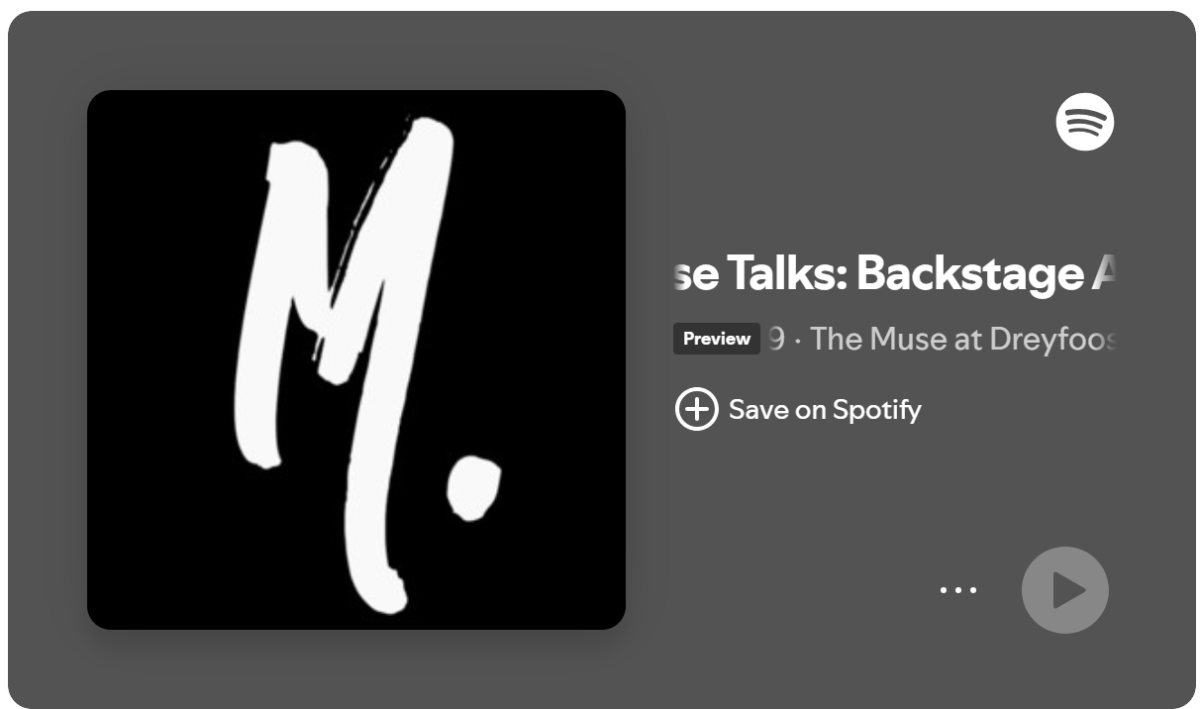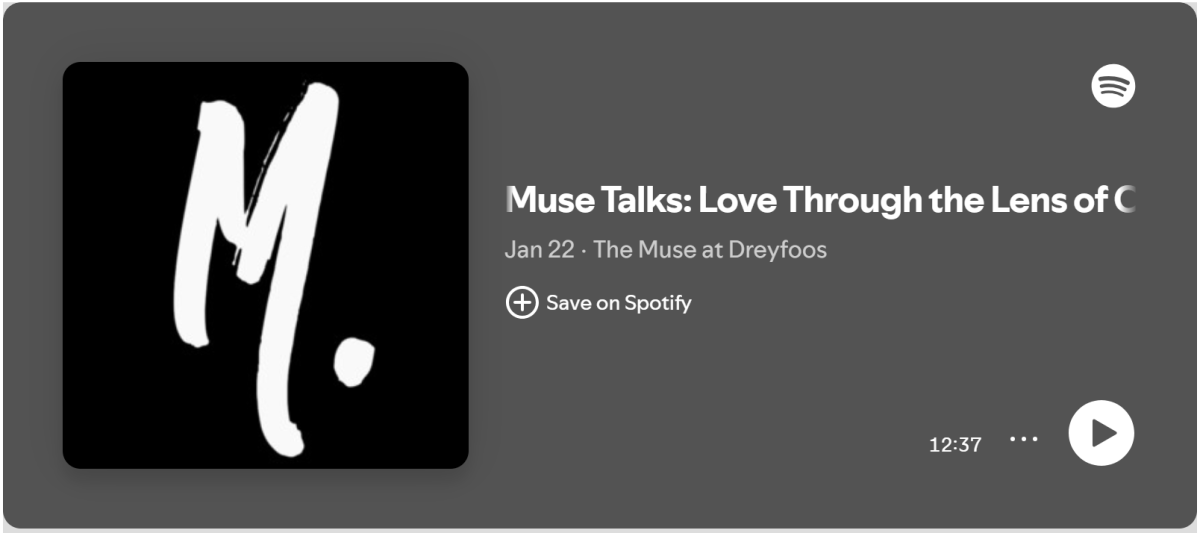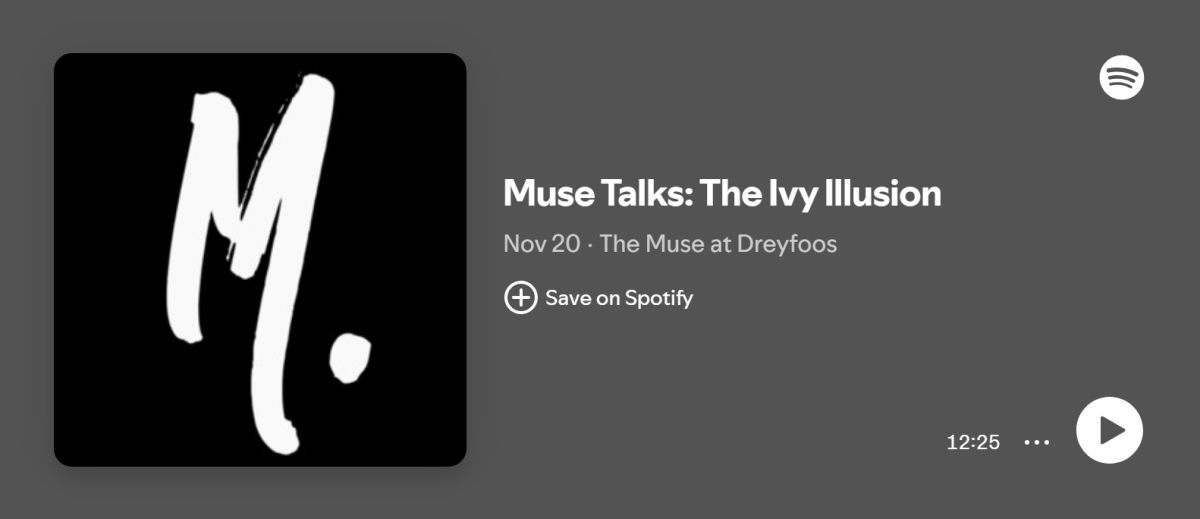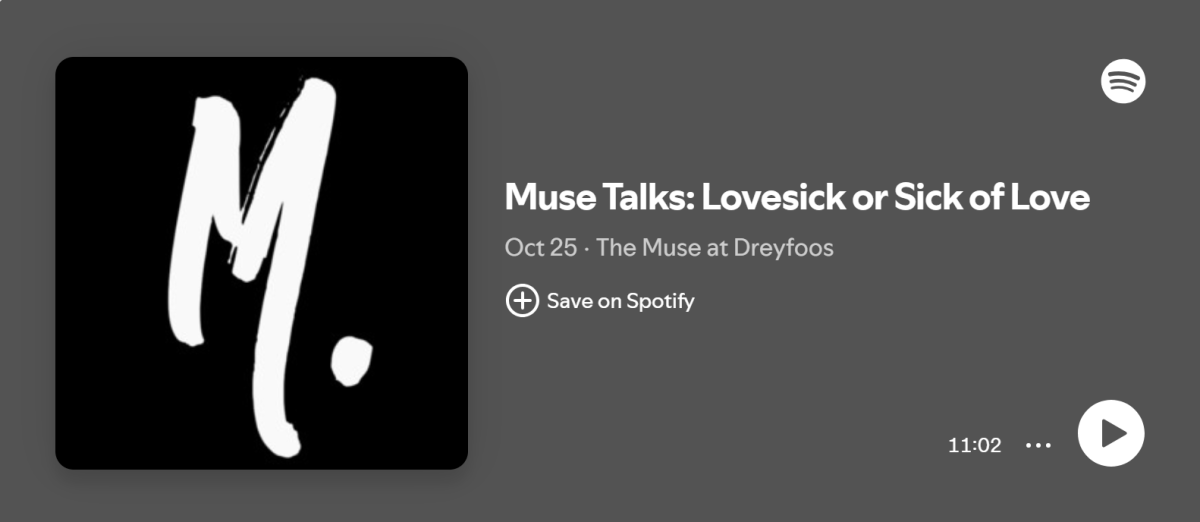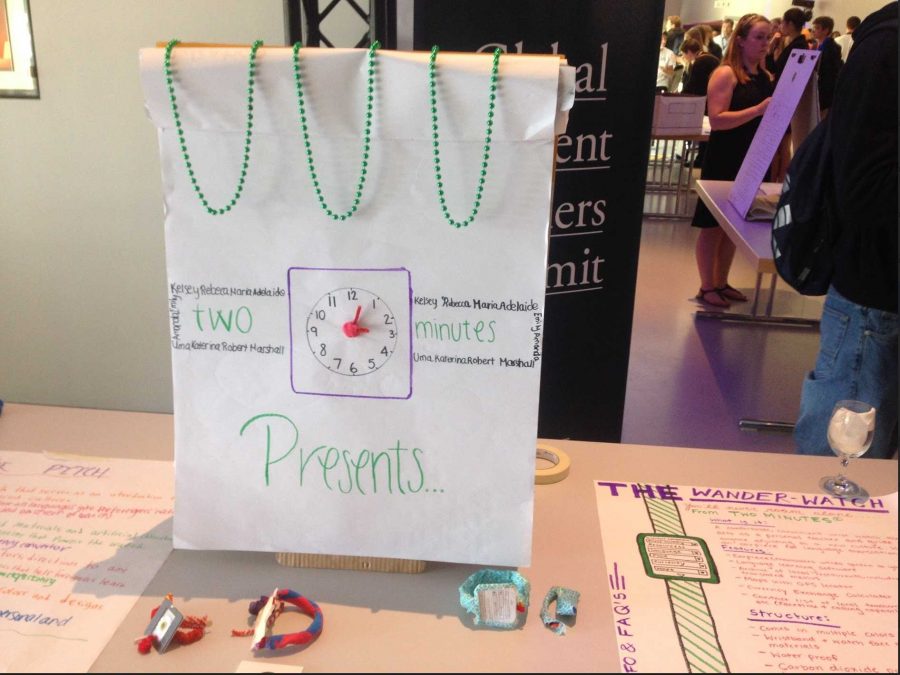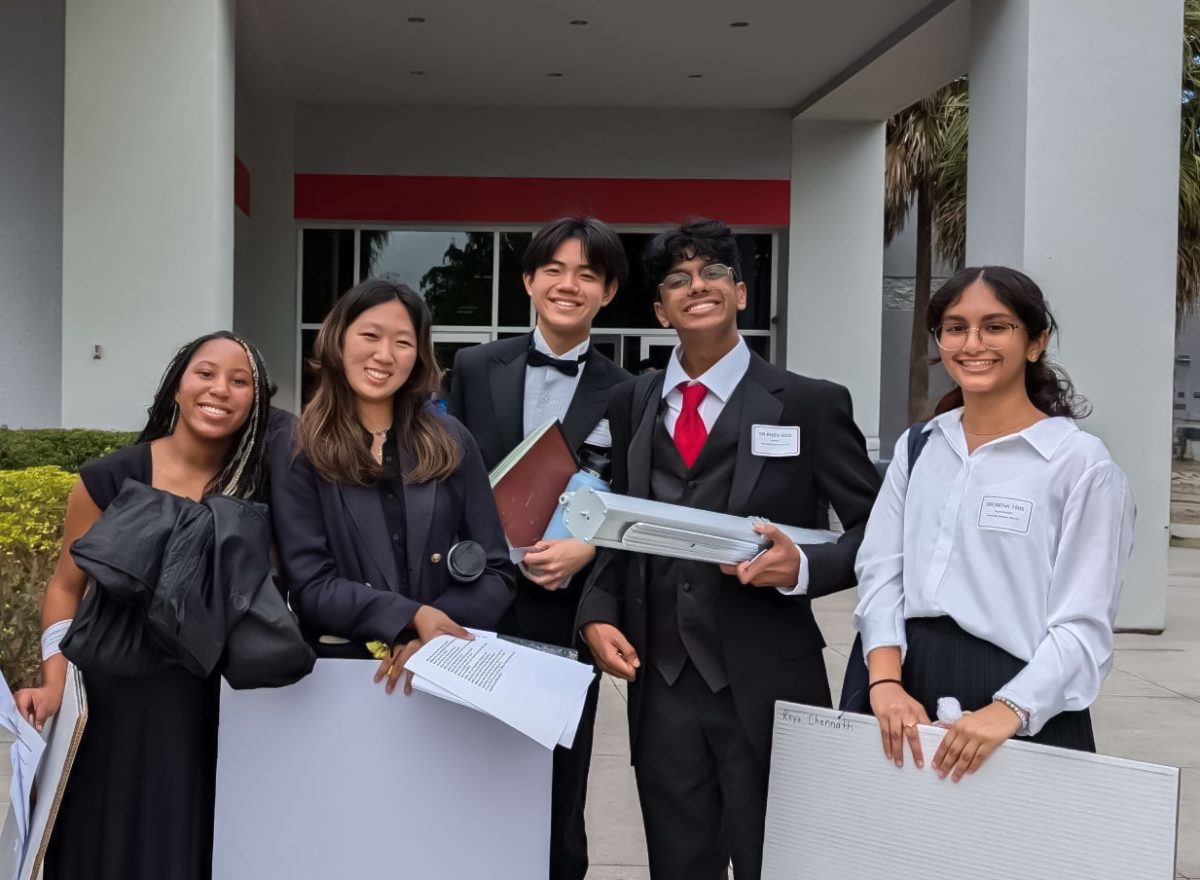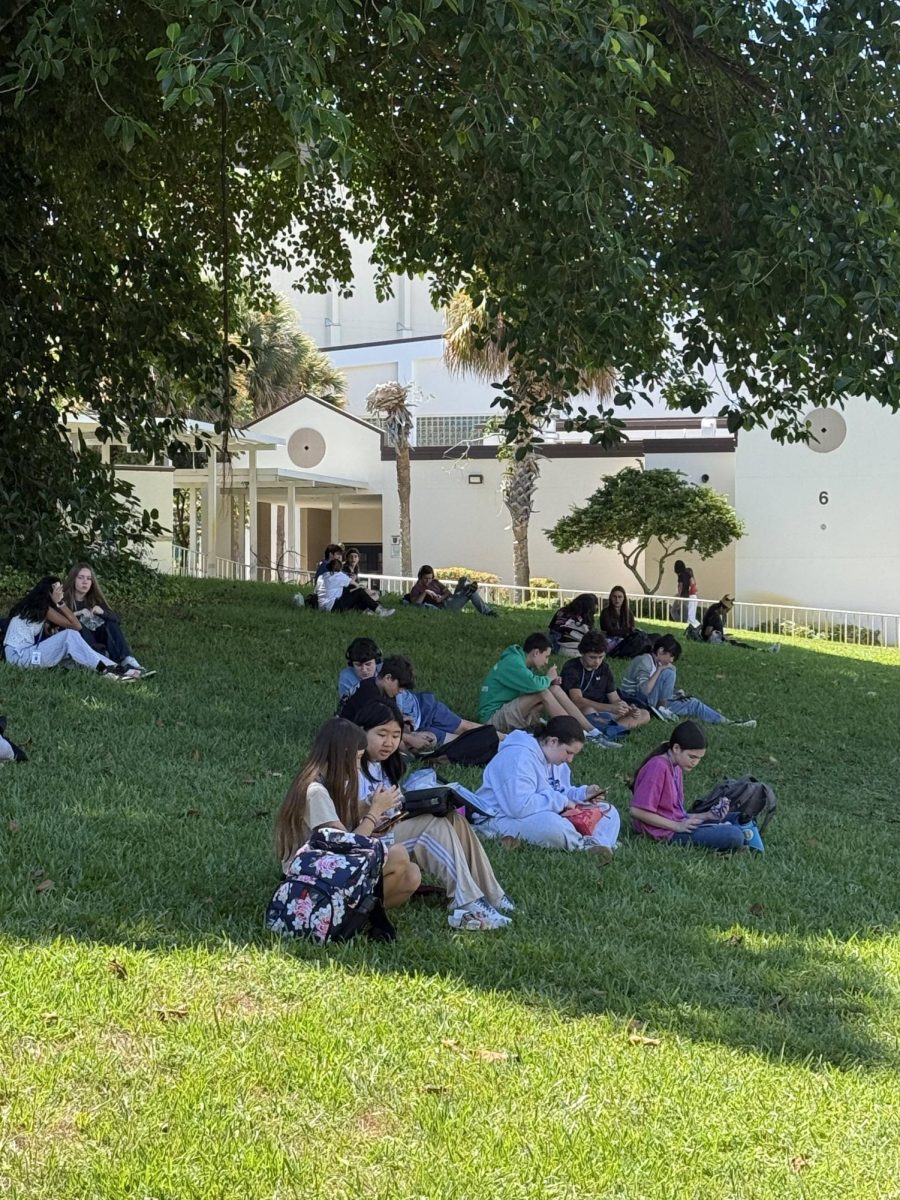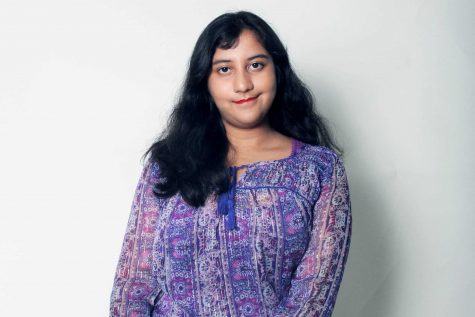It’s another casual day. In the morning, renowned speakers from across the globe give lectures on their experiences. After a hearty snack that consists of giant cookies and multiple cups of coffee, interactive workshops are held by professionals and CEOs of major charities. Dinner is served while a slam poet brings the audience to tears, and then it’s off to bed in the heart of the Swiss Alps.
Welcome to the Summit.
From June 26 to June 28, Dreyfoos students attended the Education First Global Student Leaders Summit. Students from all over the world gathered in Davos, Switzerland to learn about this year’s topic–the future of education.
“The summit was a three-day event filled with speakers, workshops and innovation sessions, where teams of ten worked to invent something that would revolutionize education,” communications junior Brianna Steidle said. “As a participant, I listened to presentations and then applied what I learned from them with my workshop groups and innovation team.”
The Summit started out by students being thrust into randomized groups of 10. At least one of the students in each group was from a country outside of the United States. There were 1600 people at the conference, a record-breaking number for any Summit. Highlights of the conference included interesting keynote speakers like Sir Ken Robinson, who talked about how schools damage creativity, and ways to reform the education system.
“My favorite speaker was Shiza Shahid, the woman who co-founded the Malala Fund,” communications junior Samantha Marshall said. “She studied in Pakistan until college, when she came to the U.S. to attend Stanford before going back to Pakistan to mentor a group of young girls, one of whom was Malala. This gave her a unique perspective of what education is like around the world which was really amazing to hear.”
Students also got to pick three workshops to attend. Workshop topics included things like how to empathize with others, what college majors can change the world and how education can be fun, a workshop which was run be the creator of the popular app Angry Birds.
The most exciting part of the Summit was the innovation village. The 160 groups of 10 collaborated to create an invention that solves an issue regarding education, and then displayed a prototype of the product in a science-fair competition. Selecting and creating the prototypes was not an easy process.
“We used design thinking, which is a step-by-step process that helped organize our group’s ideas. After interviewing several other students at the summit, we identified issues they had faced in their education,” Marshall said. “As a group we decided which issue we’d like to focus on, then began brainstorming ideas of how to solve the problem. After voting on an idea, we drew it out and worked on designing it.”
Judges walked around the science fair and voted on their favorite inventions. Students had to come up with a 60 second pitch to convince judges that their product was the best. Two hours later the winners were announced. The Judge’s Choice award went to the team Two Minutes, who created an invention called the Wander Watch. Communications junior Uma Raja (yes, yours truly) was on the team, winning the Summit for the second year in a row. The Wander Watch can translate any language through an earpiece and display a translation in text in the user’s native language. The Wander Watch is powered by artificial chloroplasts and runs purely on carbon dioxide, and it is also made of recycled materials. The watch also works as a currency convertor and GPS, amongst other features. The inspiration for the invention after a student mentioned how she was moving to India but didn’t know any Hindi. The watch is meant to assist students who are exploring new cultures.
“The summit taught me a lot about working with a group and how important it is to be aware of the world around you,” Marshall said. “We were put with groups of strangers and had only two days to work on our projects, so it was important to cooperate. The projects themselves were all focused on issues in education, so it was very eye-opening to how these problems affect students in the U.S. and abroad.”


